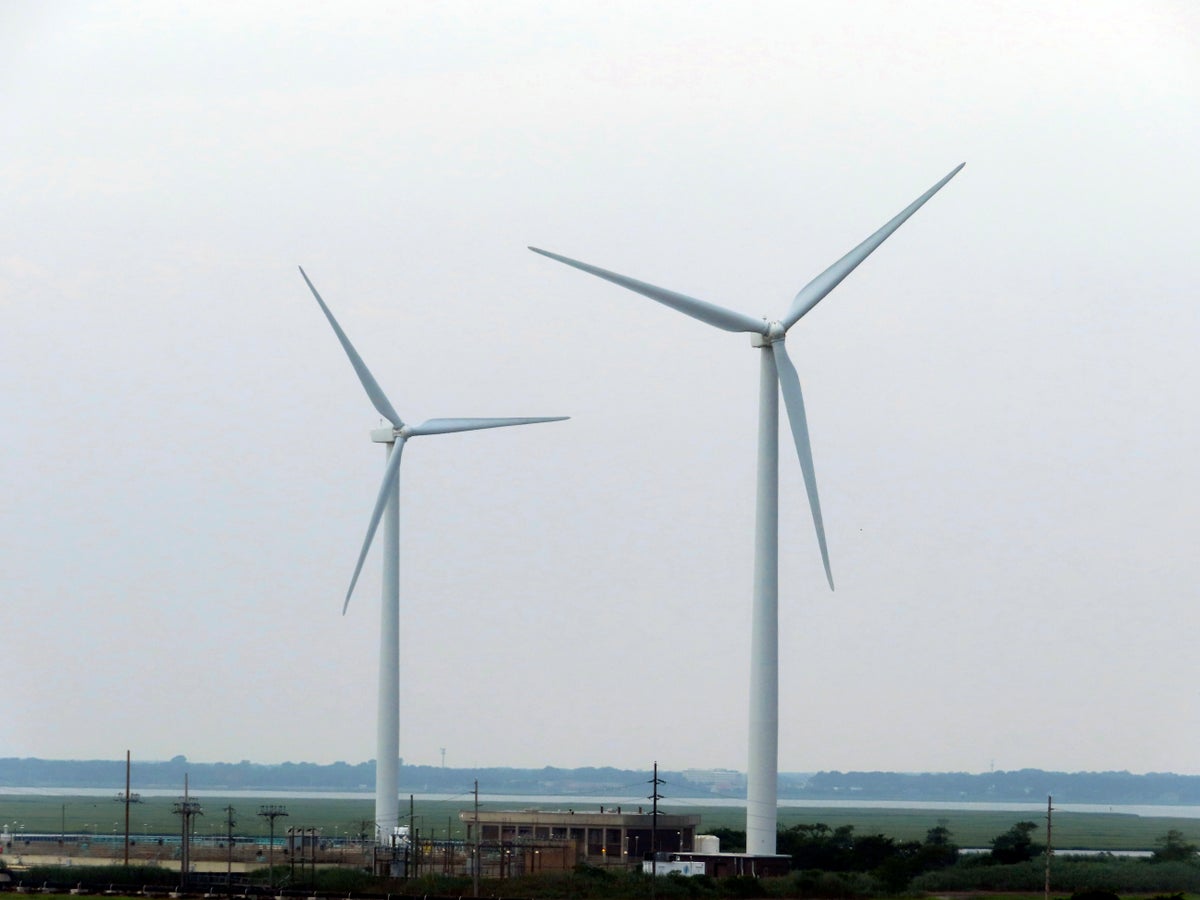
Orsted, the global wind energy developer, says its first offshore wind farm in New Jersey will be delayed until 2026 due to supply chain issues, higher interest rates, and a failure so far to garner enough tax credits from the federal government.
The Danish company revealed the delay during an earnings conference call Wednesday, during which it said it could be forced to write off about $2.3 billion on U.S. projects that are worth less than they had been.
It also said it had considered simply abandoning the Ocean Wind I project off the southern New Jersey coast.
But Orsted still believes the wind farm, to be built in waters off of Atlantic City and Ocean City, will be profitable in the long run.
“As it stands today, we believe the best direction is to continue to invest in these projects,” said David Hardy, an executive vice president and CEO of the company's North American operations. “It still is the better choice than walking away today.”
The company did not say when in 2026 its Ocean Wind I project will be fully operational, and a spokesperson could not say Thursday what the new timetable is. Previously, Orsted had said power would be flowing to customers sometime in 2025.
Orsted has federal approval for the Ocean Wind I project, and has state approval for a second New Jersey project, Ocean Wind II.
However, during Wednesday's call, the company said it is “reconfiguring” Ocean Wind II and its Skipjack Wind project off the coasts of Maryland and Delaware because they do not currently meet its projected financial standards. It did not give details of what that reconfiguration might entail.
Two other Orsted projects — Sunrise Wind off Montauk Point in New York, and Revolution Wind off Rhode Island — are also affected by the same negative forces requiring the New Jersey project to be delayed. But the New York and Rhode Island projects remain on schedule, the company said.
News of the delay was a blow to supporters of offshore wind in New Jersey, which is trying to become the capital of the nascent industry on the U.S. East Coast. It also offered new hope to foes of the technology.
Earlier this year, New Jersey Gov. Phil Murphy signed a law allowing Orsted to keep federal tax credits it otherwise would have been required to pass along to ratepayers. The governor said he acted to protect jobs the offshore wind industry will create.
Republicans, who tend to oppose offshore wind in New Jersey and nationally, seized on the delay as further proof of what they consider the inherent unprofitability of the industry.
“It was a travesty when Gov. Murphy bailed out Orsted at the expense of New Jersey taxpayers the first time they threatened to walk away," said Republican state Sen. Michael Testa. “I’m calling on the Murphy administration to state unequivocally that our residents will not be sold out for Orsted a second time. Supply chain issues and rising inflation prove that these projects are unsustainable and the cost of continuing these projects will be too much of a burden for our state to bear.”
A dozen environmental groups issued a joint statement in support of offshore wind, calling it essential to avoiding the worst effects of climate change caused by the burning of fossil fuels.
“Innovation and transformation take time when done correctly,” the statement read. “The offshore wind industry is not immune to the supply chain crisis. We stand united in our support for responsibly developed offshore wind to help New Jersey achieve 100% clean energy.”
Orsted said it has already invested $4 billion in its U.S. wind energy portfolio, which factored into its decision, at least for now, to stick with its proposed projects. The company plans to make a “final investment decision” on whether or not to go forward with U.S. projects, including one in New Jersey, by the end of this year or early next year.
——
Follow Wayne Parry on X, the social media platform formerly known as Twitter, at www.twitter.com/WayneParryAC







